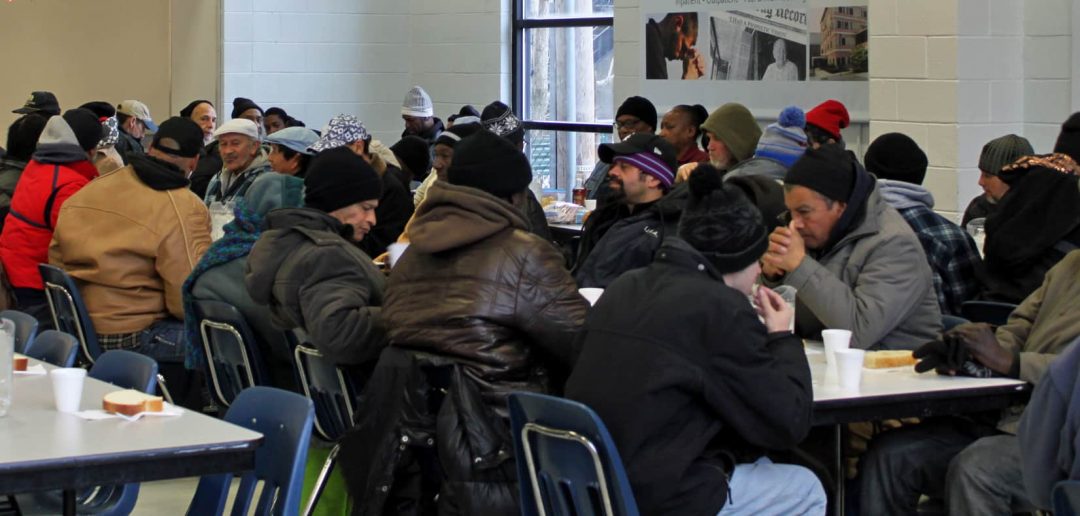
Though it may be difficult to perceive the presence of hunger in wealthy neighborhoods, food insecurity rates in many of New Jersey’s most affluent communities are staggeringly high. According to a January 12 CNN special report, this unfortunate reality is more apparent now than ever before, as food banks around the country are busier than ever during this period of economic growth. The rising cost of living in flourishing cities has made it increasingly difficult for middle class families to put food on the table. As a result, food banks are seeing more demand from struggling residents who rely on assistance to feed their families.
Robbie Rodriguez, whose personal story is chronicled in the report, must use a food bank to feed his family even though he works two jobs and earns a decent living.
Cat Cvengros, vice president of development and marketing at Second Harvest of Santa Clara and San Mateo counties in California, calls this trend “the hunger paradox,” by which many people in areas with high costs of living actually end up worse off than they were before, despite nationwide economic improvement.
New Jersey residents are among the most heavily impacted by rising rent and unequal distribution of wealth, as the Garden State is ranked among the top 10 most expensive states to live in, according to CNBC. Bergen county, the wealthiest area served by the Community FoodBank of New Jersey, has an 8.0% food insecurity rate, which many might find surprising. As America’s wealth gap widens, even those in the most affluent neighborhoods must make tough budgetary decisions, often looking to local food banks for help as they try to cut back on food costs. Of the people served by the Community FoodBank of New Jersey, 70% often choose between housing costs and food.
Children are also vulnerable with regard to this shift, as families are especially challenged by the rising costs of basic necessities. Morris county, another of the state’s wealthiest areas, has a child food insecurity rate of 10.6%. Many families with children that use food banks have working parents who are unable to make ends meet, though they may have multiple jobs.
Click here to read the full report.
Donate to Help Your New Jersey Neighbors
